On Thursday, June 6, authorities in Saudi Arabia announced the sighting of the crescent moon. This event marks the beginning of Dhul Hijjah, the final month of the Islamic lunar calendar. The sighting of the crescent moon is a significant moment for Muslims around the world as it signals the start of important religious observances, including the Hajj pilgrimage and Eid al-Adha.
The Crescent Moon that Signals the Start of Dhul Hijjah was Spotted in Saudi Arabia on Thursday, June 6
Understanding Dhul Hijjah
Dhul Hijjah is the twelfth and last month of the Islamic calendar. It holds immense importance for Muslims globally. The name “Dhul Hijjah” translates to “The Month of Hajj,” highlighting its central role in the Islamic tradition. This is the month when Muslims from all over the world travel to Mecca, Saudi Arabia, to perform Hajj, one of the five pillars of Islam. The pilgrimage is mandatory for all Muslims who are physically and financially able to undertake it at least once in their lifetime.
The Crescent Moon and the Islamic Calendar
The Islamic calendar is based on lunar cycles. Each month begins with the sighting of the new crescent moon. Unlike the Gregorian calendar, which is solar-based, the Islamic calendar is about 10 to 12 days shorter. The moon sighting is a significant event that determines the start of each month. In Saudi Arabia, the moon sighting is carefully observed and announced by religious authorities. The Supreme Court of Saudi Arabia plays a key role in confirming the sighting.
Details of the June 6 Sighting
On June 6, Saudi Arabian authorities confirmed the sighting of the crescent moon. The announcement was made after careful observation and verification. This sighting officially begins Dhul Hijjah. The Supreme Court of Saudi Arabia declared the start of the month, setting the dates for the upcoming religious events.
Implications of the Moon Sighting
The sighting of the crescent moon on June 6 means that the first day of Dhul Hijjah is June 7. This sets the timeline for the key events of the month. Hajj, the pilgrimage to Mecca, is expected to begin on June 14. The Day of Arafat, the most important day of Hajj, will be observed on June 15. Eid al-Adha, also known as the Festival of Sacrifice, will start on June 16 and continue until June 19 (English Al Arabiya) (Embrace Relief Foundation) (Islamic Relief Canada).
Global Reactions and Celebrations
Muslims around the world eagerly anticipate Dhul Hijjah. The moon sighting in Saudi Arabia is followed by similar observations in other countries. The start of Dhul Hijjah triggers preparations for Hajj. Pilgrims begin their journey to Mecca, undertaking a spiritual and physical endeavor that culminates in a series of rituals performed over several days. For those not performing Hajj, Dhul Hijjah is still a time of increased devotion, fasting, and prayer.
Eid al-Adha is one of the two major Islamic holidays. It commemorates the willingness of Prophet Ibrahim (Abraham) to sacrifice his son in obedience to God. Muslims celebrate Eid al-Adha by performing special prayers, giving to charity, and sacrificing an animal such as a sheep, goat, or cow. The meat from the sacrifice is distributed among family, friends, and the less fortunate, emphasizing the values of generosity and compassion.
Personal Reflections and Community Voices
For many Muslims, Dhul Hijjah is a time of deep personal reflection and community involvement. Pilgrims share their experiences and preparations for Hajj, often expressing feelings of gratitude and excitement. Community leaders emphasize the importance of the rituals and the spiritual benefits of the pilgrimage. Social media platforms are filled with messages of solidarity and shared anticipation.



